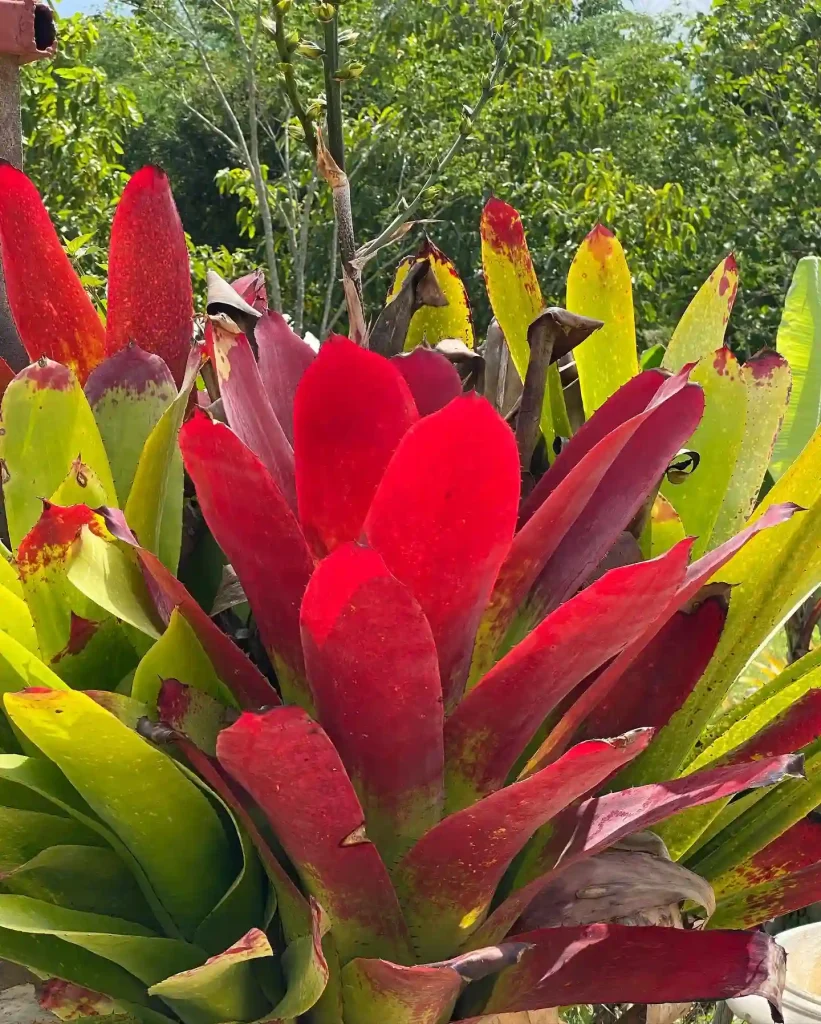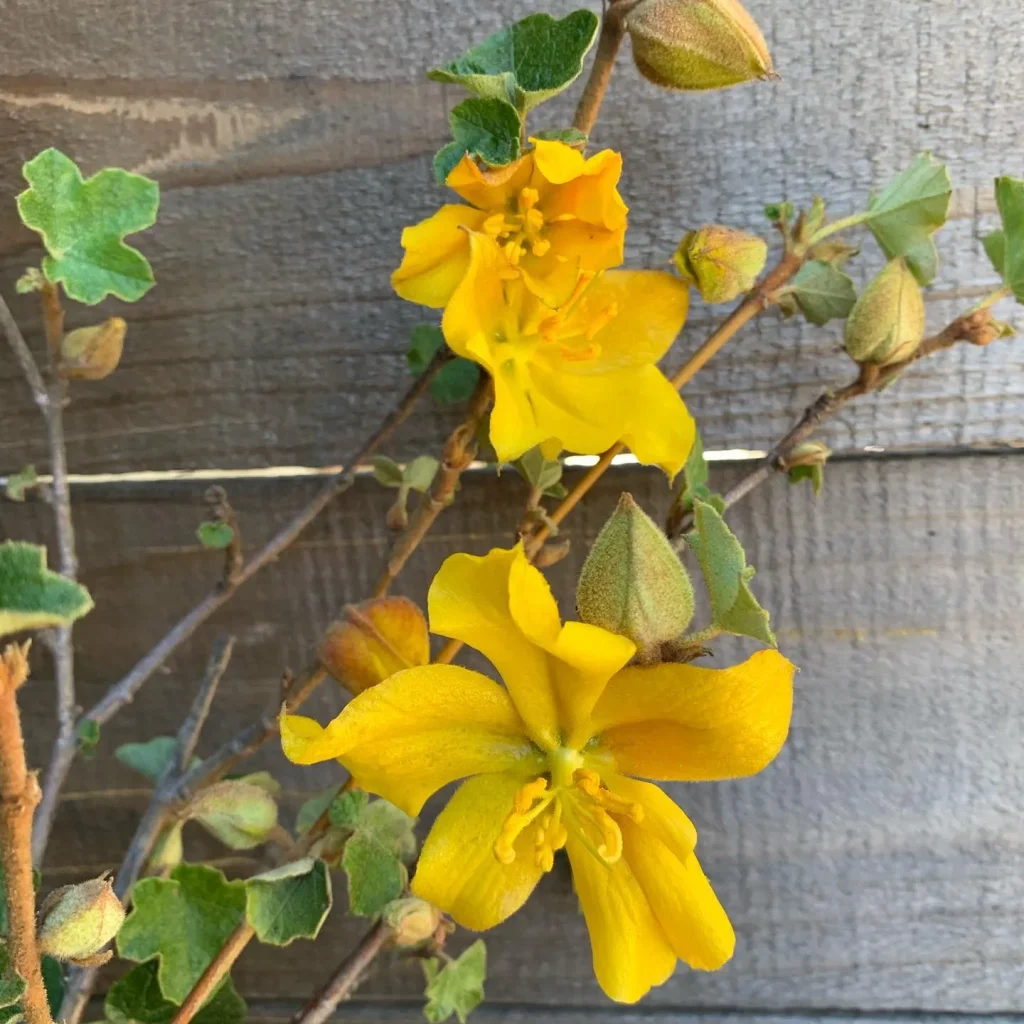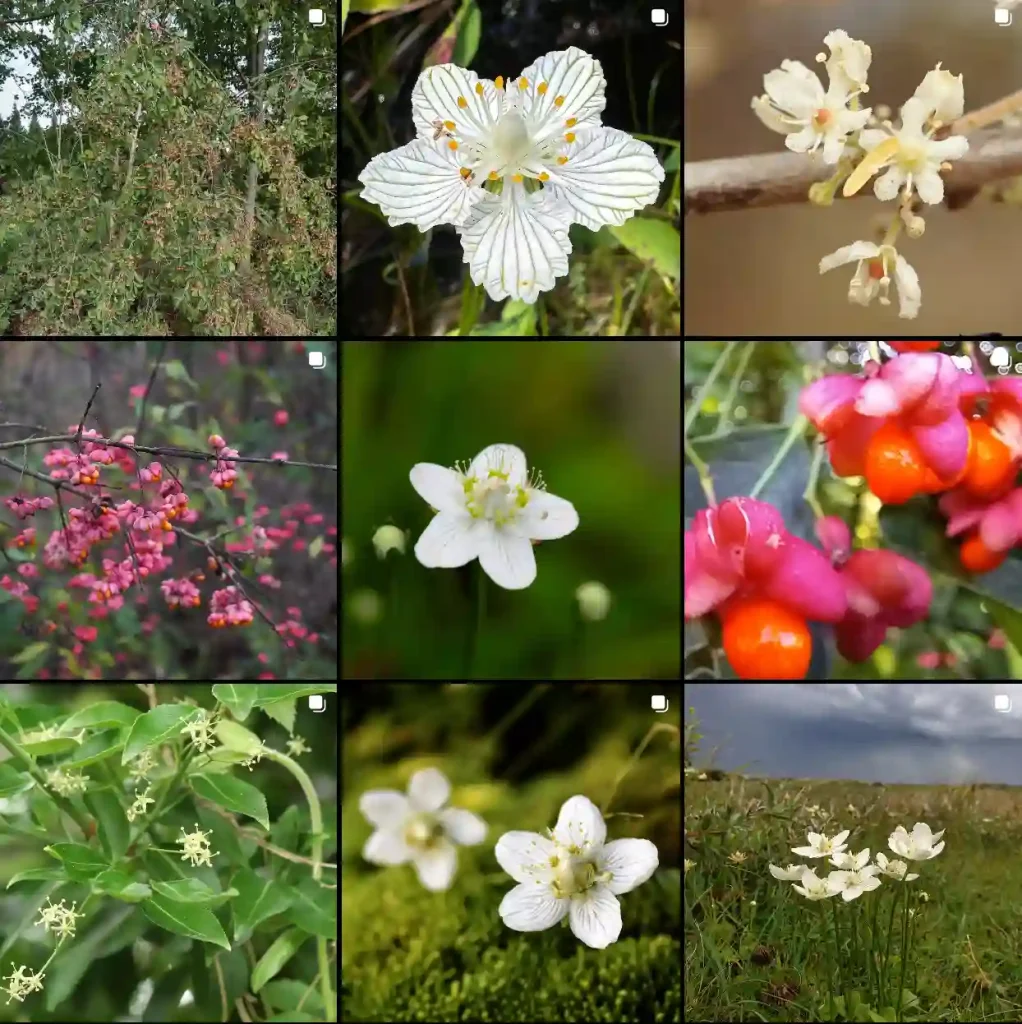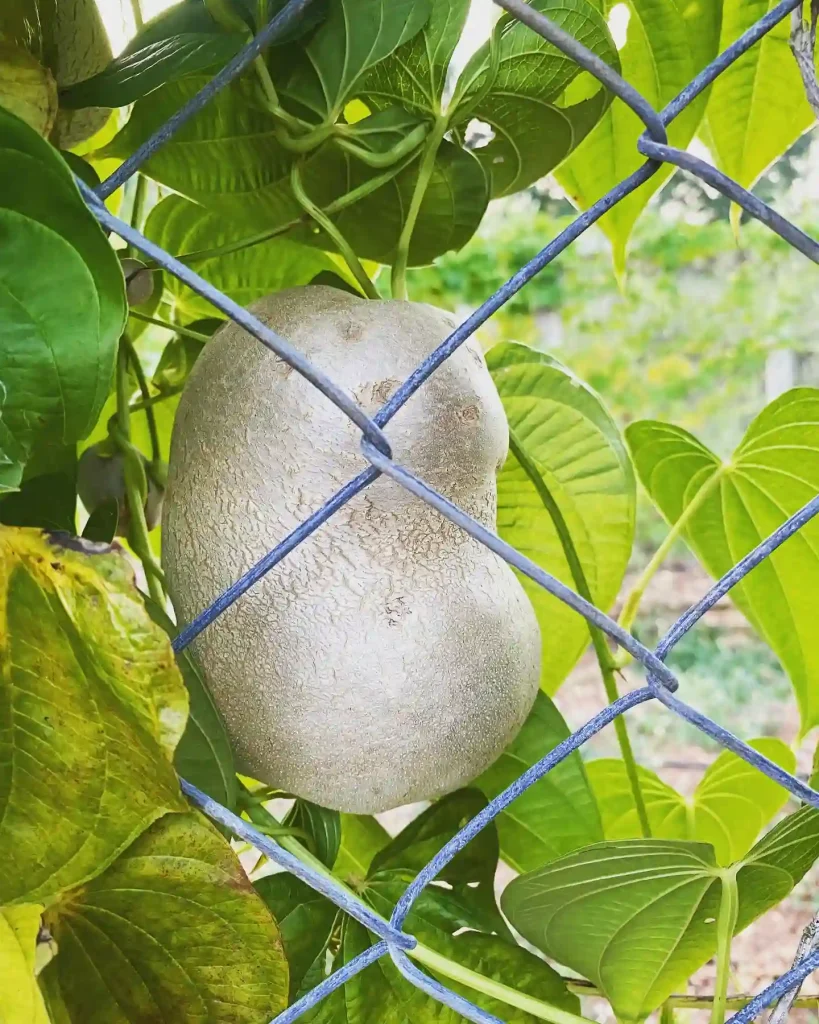The plant world is full of wonders, but few can captivate with the dramatic flair of the Begonia ‘Black Knight’. This stunning cultivar, a member of the diverse Rex Begonia family, is a true jewel for any indoor plant collection, renowned for its almost impossibly dark, velvety foliage. If you’re drawn to plants that make a bold statement, the ‘Black Knight’ is an undisputed champion, its deep, rich hues providing a striking contrast to brighter greens and whites.
This comprehensive guide will delve into every aspect of cultivating a thriving Begonia ‘Black Knight’, from understanding its unique characteristics to mastering its specific care requirements. We’ll explore the nuances of light, water, humidity, and soil, and equip you with the knowledge to tackle common challenges and propagate new life from your existing plant. Beyond the technicalities, join me on a personal 12-month time-lapse journey, as I recount the joys and lessons learned while nurturing my own ‘Black Knight’ from a small cutting to a magnificent specimen.
The Allure of Begonia ‘Black Knight’: A Botanical Profile
Begonia ‘Black Knight’ is a rhizomatous begonia, specifically a cultivar of Begonia rex-cultorum, often simply referred to as Rex Begonias. These plants are celebrated not for their flowers (though they do produce small, often insignificant blooms), but for their extraordinarily ornamental foliage. The ‘Black Knight’ stands out even among its flamboyant relatives with its intensely dark, almost black leaves.
Key Characteristics:
- Foliage: The defining feature. Leaves are typically large, heart-shaped or ovate, with a rich, deep purplish-black to almost true black coloration. The surface is often velvety or slightly iridescent, catching the light in a way that highlights its dramatic texture. Many specimens exhibit splashes or streaks of pink, silver, or deep red, particularly along the veins or edges, adding to their intricate beauty. The undersides of the leaves are often a contrasting deep red or burgundy.
- Size: Mature ‘Black Knight’ begonias can reach a height and width of approximately 12 to 18 inches (30-45 cm), forming a bushy, mounding habit. Their rhizomatous nature means they spread horizontally just beneath the soil surface, contributing to their full appearance.
- Flowers: While the foliage is the main attraction, ‘Black Knight’ does produce small, delicate pink or white flowers, usually on slender stalks above the leaves. These typically appear in late spring or summer, but many growers choose to pinch them off to encourage more energy into foliage production.
- Growth Habit: Rhizomatous, meaning they grow from thick, creeping stems (rhizomes) that lie on or just below the soil surface. This growth habit makes them relatively easy to propagate from rhizome sections or leaf cuttings.
Essential Care Guide for Begonia ‘Black Knight’
Cultivating a ‘Black Knight’ begonia successfully requires attention to a few key environmental factors. While they are not overly demanding, understanding their preferences will ensure vibrant foliage and robust growth.
1. Light: The Dance of Shadows
Begonia ‘Black Knight’ thrives in bright, indirect light. This is perhaps the most crucial factor for maintaining its intense leaf coloration and overall health.
- Ideal Placement: An east-facing window is often perfect, providing gentle morning sun. A north-facing window can also work, offering consistent, soft light. If you have a south or west-facing window, place the plant a few feet away, or use sheer curtains to diffuse the intense afternoon sun.
- Signs of Too Much Light: Scorched, bleached, or faded leaves. The rich dark color may dull or turn brownish.
- Signs of Too Little Light: Leggy growth (stretched stems with sparse leaves), smaller leaves, and a loss of the deep, dark coloration, appearing more greenish.
- My Time-Lapse Insight (Month 1-3): “When I first brought my ‘Black Knight’ cutting home, I placed it on a windowsill that got direct afternoon sun. Within a few weeks, the edges of the tiny leaves started looking a bit crispy, and the deep black seemed to fade. I quickly learned my lesson. Moving it to a spot a few feet back from an east-facing window made all the difference. The new growth that emerged was a much deeper, richer black, almost like velvet.”
2. Watering: The Art of Moderation
Begonia ‘Black Knight’ prefers consistently moist soil but is highly susceptible to root rot if overwatered. The key is to find the right balance.
- Frequency: Water when the top 1-2 inches (2.5-5 cm) of soil feel dry to the touch. This could mean watering every 3-7 days, depending on your environment, pot size, and season. In winter, reduce watering frequency as the plant’s growth slows down.
- Method: Water thoroughly until you see water draining from the bottom of the pot. Always empty any excess water from the saucer to prevent the plant from sitting in stagnant water. Avoid getting water on the leaves, especially the fuzzy ones, as this can lead to fungal issues like powdery mildew. Bottom watering can be an excellent method for begonias.
- Signs of Overwatering: Yellowing leaves (especially lower ones), mushy stems, stunted growth, and a general droopy appearance despite the soil being wet.
- Signs of Underwatering: Crispy, browning leaf edges, wilting, and overall limpness. While they can tolerate slight drought once established, prolonged dryness is detrimental.
- My Time-Lapse Insight (Month 4-6): “Watering became my biggest challenge. I was so worried about root rot that I probably underwatered it initially, leading to some crispy leaf edges. Then I overcompensated, and a few lower leaves yellowed. I finally settled into a rhythm: sticking my finger into the soil every other day. If it felt dry to the first knuckle, it was watering day. This simple ‘finger test’ saved my plant from my overzealous or neglectful tendencies.”
3. Humidity: A Tropical Embrace
As tropical plants, Begonia ‘Black Knight’ appreciates high humidity. Average household humidity might be sufficient, but supplemental humidity can make a significant difference, especially in dry indoor environments.
- Ideal Range: 50-70% relative humidity.
- How to Increase Humidity:
- Pebble Tray: Place the pot on a tray filled with pebbles and water, ensuring the bottom of the pot doesn’t sit directly in the water. As the water evaporates, it increases humidity around the plant.
- Humidifier: A small room humidifier is the most effective way to provide consistent humidity.
- Grouping Plants: Grouping plants together creates a microclimate with higher humidity.
- Avoid Misting: While often recommended, misting can be counterproductive for Rex Begonias. The fine hairs on their leaves can trap water, leading to fungal diseases.
- My Time-Lapse Insight (Month 7-9): “As winter approached and my indoor air became drier due to heating, I noticed the edges of my ‘Black Knight’s’ leaves starting to curl slightly. It was a subtle sign of low humidity. I invested in a small humidifier, and within a week, the leaves looked much happier, unfurling fully and regaining their vibrant sheen. It was a game-changer, especially for the new, delicate leaves.”
4. Soil: The Foundation of Health
A well-draining, airy, and slightly acidic potting mix is essential for Begonia ‘Black Knight’.
- Ideal Mix: A good quality, all-purpose potting mix amended with perlite, orchid bark, or coarse sand to improve drainage and aeration. A mix specifically designed for aroids or African violets can also work well.
- Avoid: Heavy, compacting soils that retain too much moisture.
- Repotting: Repot every 1-2 years, or when the plant becomes root-bound. Choose a pot that is only slightly larger than the current one, as begonias prefer to be somewhat snug in their pots. Spring is the best time for repotting.
- My Time-Lapse Insight (Month 10): “My ‘Black Knight’ had grown considerably, and I noticed roots peeking out of the drainage holes. It was time for a new home. I carefully chose a pot only an inch wider and mixed my usual potting soil with extra perlite and some orchid bark. The plant seemed to appreciate the fresh, airy mix, and within a few weeks, new rhizomes started to spread, indicating it was settling in well.”
5. Fertilizer: Fueling the Foliage
Begonia ‘Black Knight’ benefits from regular feeding during its active growing season (spring and summer).
- Type: Use a balanced liquid fertilizer (e.g., 20-20-20) diluted to half strength, or a fertilizer formulated for foliage plants.
- Frequency: Fertilize every 2-4 weeks during spring and summer. Reduce or stop fertilizing in autumn and winter when growth slows.
- Avoid: Over-fertilizing, which can lead to salt buildup and nutrient burn. Always water the plant before fertilizing to prevent root damage.
- My Time-Lapse Insight (Month 5-11): “Once my ‘Black Knight’ seemed established, I started a regular feeding schedule. Every month during the warmer seasons, I’d give it a diluted liquid fertilizer. I could literally see the difference – the leaves grew larger, and the colors became even more intense. It was like giving it a supercharge, but I was always careful not to overdo it, remembering the ‘less is more’ mantra.”
6. Temperature: A Warm Environment
Begonia ‘Black Knight’ prefers warm, stable temperatures, typical of indoor environments.
- Ideal Range: 65-75°F (18-24°C) during the day.
- Minimum Temperature: Do not expose to temperatures below 60°F (15°C), as cold drafts can cause stress and leaf drop.
- Avoid: Sudden temperature fluctuations, which can shock the plant. Keep it away from drafty windows, air conditioning vents, and direct heat sources like radiators.
7. Pruning: Shaping for Success
Pruning is generally minimal for ‘Black Knight’ begonias, primarily for aesthetic purposes and to encourage bushier growth.
- Pinching Back: To encourage a fuller, bushier plant, you can pinch off the tips of young stems. This promotes branching.
- Removing Spent Flowers: If you prefer to focus energy on foliage, you can pinch off the small flowers as they appear.
- Dead or Damaged Leaves: Regularly remove any yellowing, browning, or damaged leaves to maintain the plant’s appearance and prevent disease.
- My Time-Lapse Insight (Month 8): “My ‘Black Knight’ was getting a little gangly, with a few stems stretching out more than I liked. I decided it was time for its first gentle prune. I snipped off a few leggy tips, and to my delight, new growth emerged from the nodes below, making the plant much bushier and more compact. It was satisfying to see it respond so well.”
Propagating Begonia ‘Black Knight’: Creating New Life
One of the most rewarding aspects of growing Begonia ‘Black Knight’ is its ease of propagation. You can create new plants from leaf cuttings or rhizome sections.
Leaf Cuttings:
- Select a Healthy Leaf: Choose a mature, healthy leaf with a petiole (leaf stem) of about 1-2 inches (2.5-5 cm).
- Prepare the Leaf: You can either plant the whole leaf with its petiole or cut the leaf into sections, ensuring each section has a portion of a major vein.
- Planting Medium: Insert the petiole into a moist, well-draining rooting medium (e.g., perlite, vermiculite, or a mix of peat and perlite). If using leaf sections, lay them flat on the surface of the medium, ensuring the cut veins are in contact with the soil. You can gently pin them down with wire or small stones.
- Humidity: Cover the pot with a clear plastic bag or dome to create a humid environment.
- Light & Warmth: Place in bright, indirect light and maintain warm temperatures (around 70-75°F / 21-24°C).
- Patience: New plantlets will emerge from the base of the petiole or along the veins of the leaf sections within several weeks to a few months. Once they are a few inches tall and have developed roots, you can gently separate and pot them individually.
Rhizome Cuttings:
- Identify Rhizomes: Locate healthy, fleshy rhizomes growing on or just below the soil surface.
- Cut Sections: Using a clean, sharp knife, cut sections of rhizome about 1-2 inches (2.5-5 cm) long, ensuring each section has at least one node (a bump where new growth can emerge).
- Planting: Lay the rhizome sections horizontally on the surface of a moist, well-draining potting mix, lightly pressing them into the soil. You can cover them with a very thin layer of soil.
- Humidity & Light: Provide high humidity and bright, indirect light, similar to leaf cuttings.
- New Growth: New shoots and roots will emerge from the nodes. Once established, you can pot them up.
- My Time-Lapse Insight (Month 12): “My ‘Black Knight’ was flourishing, and I decided it was time to try propagating. I carefully took a few leaf cuttings, following the instructions I’d read. It was a slow process, but after about two months, tiny, dark green nubs appeared at the base of the petioles. Seeing those miniature ‘Black Knight’ leaves emerge was incredibly rewarding, a testament to the plant’s resilience and my growing understanding of its needs.”
Common Problems and Solutions
While Begonia ‘Black Knight’ is relatively hardy, it can encounter a few issues. Early detection and prompt action are key to keeping your plant healthy.
- Yellowing Leaves:
- Cause: Most often, overwatering or underwatering. Can also indicate nutrient deficiency or cold drafts.
- Solution: Check soil moisture. Adjust watering schedule. Ensure good drainage. Consider fertilizing if it’s growing season. Move away from drafts.
- Brown, Crispy Leaf Edges:
- Cause: Low humidity, underwatering, or too much direct sunlight.
- Solution: Increase humidity (pebble tray, humidifier). Adjust watering. Move to a spot with indirect light.
- Mushy Stems or Root Rot:
- Cause: Severe overwatering and poor drainage.
- Solution: This is serious. If caught early, repot into fresh, well-draining soil, trimming away any rotten, mushy roots. Ensure the pot has adequate drainage holes.
- Powdery Mildew (White, Powdery Spots on Leaves):
- Cause: High humidity combined with poor air circulation, or water sitting on leaves.
- Solution: Improve air circulation. Avoid misting leaves. Remove affected leaves. Treat with a fungicide if severe.
- Pests (Spider Mites, Mealybugs, Aphids):
- Cause: These common houseplant pests can infest begonias.
- Solution: Inspect regularly. Isolate affected plant. Wipe leaves with a damp cloth or cotton swab dipped in rubbing alcohol. Use insecticidal soap or neem oil for persistent infestations.
Begonia ‘Black Knight’ vs. Its Lookalikes: A Comparative Glance
The world of foliage plants is vast, and sometimes, plants can be mistaken for one another due to similar appearances. Here, we compare Begonia ‘Black Knight’ to two plants it’s sometimes confused with: Begonia ‘Tiger Paws’ and Caladium.
Begonia ‘Black Knight’ vs. Begonia ‘Tiger Paws’
Both are rhizomatous begonias known for their striking foliage, but they have distinct differences.
| Feature | Begonia ‘Black Knight’ | Begonia ‘Tiger Paws’ (Eyelash Begonia) |
|---|---|---|
| Foliage Color | Very dark, purplish-black to true black, often with pink/silver/red splashes. | Bronze-red to chocolate brown, with bright green, paw-like markings. |
| Leaf Texture/Shape | Velvety, often heart-shaped or ovate. | Distinctive “paw-like” shape, often with white “eyelash” hairs on edges. |
| Overall Vibe | Dramatic, gothic, elegant. | Playful, intricate, exotic. |
| Common Name | Often referred to as ‘Black Knight’ or a dark Rex Begonia. | ‘Eyelash Begonia’ due to the hairs on leaf margins. |
| Size | Similar mature size, around 12-18 inches. | Similar mature size, around 10-12 inches. |
| Care | Similar care requirements, both being Rex Begonias. | Similar care requirements. |
Begonia ‘Black Knight’ vs. Caladium
While both are grown for their vibrant foliage, they belong to different plant families and have significant differences in growth habit and care.
| Feature | Begonia ‘Black Knight’ (Begoniaceae family) | Caladium (Araceae family) |
|---|---|---|
| Growth Habit | Rhizomatous perennial. | Tuberous perennial. |
| Foliage Color | Dark purplish-black, often with metallic sheen/splashes. | Wide range of colors: white, pink, red, green, with intricate veins/patterns. |
| Leaf Texture | Velvety, slightly textured. | Often thinner, papery, smooth texture. |
| Dormancy | May slow growth in winter but generally evergreen indoors. | Typically goes dormant in winter, dying back to the tuber. |
| Light Preference | Bright, indirect light. | Prefers shade to partial shade; direct sun can scorch leaves. |
| Watering | Consistently moist, but not soggy. | Prefers consistently moist soil during active growth; less when dormant. |
| Toxicity | Mildly toxic (calcium oxalate crystals). | Toxic (calcium oxalate crystals). |
My 12-Month Time-Lapse with Begonia ‘Black Knight’
My journey with the Begonia ‘Black Knight’ began not with a seed, but with a small, hopeful cutting. It was a gift from a fellow plant enthusiast, a single, dark leaf with a tiny stem, promising the dramatic beauty I’d admired.
Month 1: The Humble Beginning – A Leap of Faith I remember the day vividly. The cutting arrived, nestled safely in damp sphagnum moss. I had prepared a small pot with a well-draining mix of peat, perlite, and a bit of orchid bark. With trembling hands, I gently inserted the petiole, covered it with a clear plastic dome to trap humidity, and placed it in a spot with bright, indirect light. For weeks, it felt like nothing was happening. I’d peek under the dome daily, half-expecting to see a miniature plant sprout overnight. Patience, I quickly learned, was the first lesson this plant would teach me.
Month 2-3: The First Signs of Life – A Tiny Promise Just as I was starting to doubt my green thumb, a tiny, almost imperceptible bump appeared at the base of the petiole. Then another, and slowly, a minuscule, dark green leaf began to unfurl. It was the size of a fingernail, but it held all the promise of the magnificent ‘Black Knight’ to come. This period was all about consistent humidity and gentle watering. I maintained the dome, ensuring the soil stayed lightly moist, never soggy. The growth was slow, deliberate, a quiet unfolding of nature’s magic.
Month 4-6: The Teenage Growth Spurt – Finding Its Rhythm By month four, my little plantlet had two small leaves and was ready for its own, slightly larger pot. I carefully transplanted it, ensuring minimal root disturbance. This is when the ‘Black Knight’ truly started to show its personality. The leaves, though still small, began to deepen in color, revealing the characteristic velvety texture. I noticed its preference for consistent moisture – not too wet, not too dry. This was also when I experimented with its light, realizing it truly thrived in the soft, morning sun. It started to fill out, becoming a small, compact mound of dark foliage.
Month 7-9: The Flourishing Adult – Embracing the Drama As the months progressed, my ‘Black Knight’ transformed into a truly stunning specimen. The leaves grew larger, some reaching the size of my palm, showcasing the intricate silver and pink splashes that made it so unique. It developed a fuller, bushier shape, and I even spotted a few delicate pink flower buds emerging, which I gently pinched off to direct energy back into the foliage. This was its peak growing season, and I made sure to provide regular, diluted fertilizer to support its vigorous growth. The deep, rich color of its leaves was a constant source of admiration, a true statement piece in my plant collection.
Month 10-12: Winter’s Embrace and New Beginnings – Resilience and Reproduction As autumn turned to winter, my ‘Black Knight’ naturally slowed its growth. I reduced watering and stopped fertilizing, allowing it to rest. It remained evergreen, a dark jewel against the muted winter light. Despite the slower pace, it maintained its vibrant color, a testament to its resilience. By the end of the 12th month, with spring on the horizon, I decided to try my hand at propagation. I took a few healthy leaf cuttings, replicating the conditions I’d provided for my original plantlet. It was a full circle moment, seeing the potential for new life emerge from the thriving plant I had nurtured for a year.
Conclusion: A Timeless Beauty
The Begonia ‘Black Knight’ is more than just a plant; it’s a living work of art, a testament to the dramatic beauty that foliage can offer. Its deep, velvety leaves, often adorned with contrasting patterns, make it an undeniable focal point in any indoor garden. While it demands attention to its specific needs for light, water, and humidity, the rewards are immeasurable.
My 12-month journey with this plant has been one of learning, patience, and immense satisfaction. From a delicate cutting to a robust, flourishing specimen, the ‘Black Knight’ has taught me the subtle language of plant care and the profound joy of nurturing life. Whether you’re a seasoned plant parent or a curious beginner, welcoming a Begonia ‘Black Knight’ into your home is an invitation to experience the captivating allure of one of nature’s most enigmatic creations. With the right care and a little bit of patience, your ‘Black Knight’ will undoubtedly become a cherished centerpiece, a dark jewel in your botanical crown.
If i die, water my plants!



